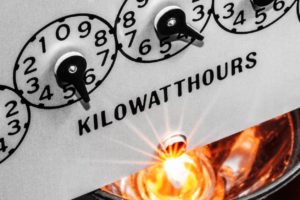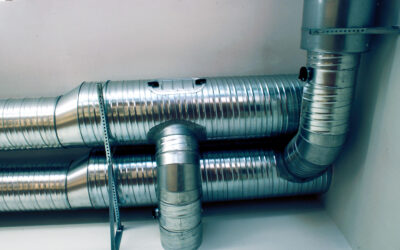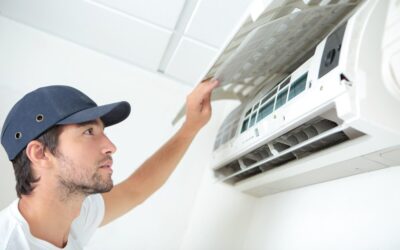 With torrential rains and mudslides spilling onto roads on the West Coast and freezing rain turning freeways into ice rinks throughout the Midwest, it might appear ungrateful to complain that us Floridians have been “suffering” through 80-degree temperatures while we kick up sand in our bare feet on the beach.
With torrential rains and mudslides spilling onto roads on the West Coast and freezing rain turning freeways into ice rinks throughout the Midwest, it might appear ungrateful to complain that us Floridians have been “suffering” through 80-degree temperatures while we kick up sand in our bare feet on the beach.
But it is winter, and you can be forgiven if you were looking for a respite from the heat – not to mention the type of electric bills you normally pay during the late spring and summer.
Charlie’s Tropic Heating & Air Conditioning more than forgives you; we’re here to take a page from those Californian environmentalists by sharing their three “eco-friendly” ways to keep your house cool and your electricity bills under control: blocking outdoor heat, removing interior heat and reducing heat sources.
Blocking outdoor heat
Like cold air, heat will permeate your home’s “envelope” – the roof, walls, windows and doors – no matter what you do. But you can blunt some of the force of the sun by:
- Caulking, weatherstripping and insulating, which should pay huge dividends right away. As the U.S. Department of Energy says, “If you added up all the leaks, holes and gaps in a typical home’s envelope, it would be the equivalent of having a window open every day of the year.” For pointers, turn to the department’s helpful guide to finding and plugging air leaks.
- Shading your home with shrubs, trees and trellises, which can reduce an unshaded home’s air conditioning costs by between 15 and 50 percent.
- Switching to reflective barriers to repel the sun, either by painting or changing the color of your roofing material to a light (rather than dark) color or installing a radiant barrier – basically, foil paper that is stapled to the rafters.
Removing interior heat
Heat naturally rises, but you can mitigate some of the effects by:
- Installing a whole-house fan, which pulls outdoor air in from open windows and channels it through the attic and roof.
- Turning your ceiling fans in a counterclockwise direction to create a wind-chill effect that will allow you to turn up your thermostat by about 5 degrees without anyone knowing the difference – while you notice the difference on your electric bill.
- Creating a “thermal chimney” when the temperature outdoors is cooler than the temperature indoors. Open the first-floor windows on the side of your home where breezes are rushing in and then open the second-floor windows on the opposite side of your home. “Thermal siphoning” occurs as the warm air stuck in your home moves out the second-floor windows.
- Installing roof vents so that the heat in your attic can escape rather than seep through the walls and floors and right back into your home. Simple to install, roof vents also keep moisture from accumulating in an attic.
Reducing heat sources
Every home has multiple heat sources; just think about all your plugged-in electronics alone. Pull the plug on them when you can and also:
- Switch to LED bulbs, which can emit 90 percent less heat than incandescent bulbs.
- Ensure that your dryer is vented correctly to the outdoors.
- Insulate your water heater.
- Reduce humidity by using exhaust fans in the kitchen and bathroom.
- Purchase thermal or blackout window treatments for windows that catch direct sunlight.
- Cover pots and pans as you cook on the stove.
Naturally, there’s nothing more “eco-friendly” than turning up your thermostat; for every degree you ratchet it up, you can shave about 2 percent from your electric bill. You also can call Charlie’s Tropic Heating & Air Conditioning to schedule an energy audit to find out where your home may be losing valuable energy. Then you can relax and take a page from the book of Californians, who will surely turn to another type of mudslide after the rains stop: the kind you mix with ice and enjoy on a beach.




0 Comments